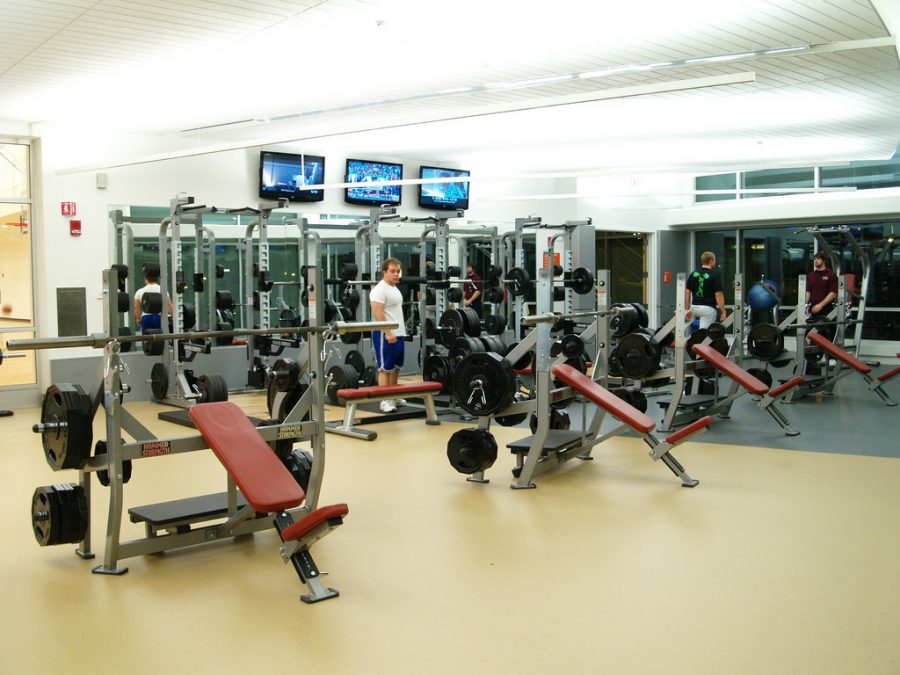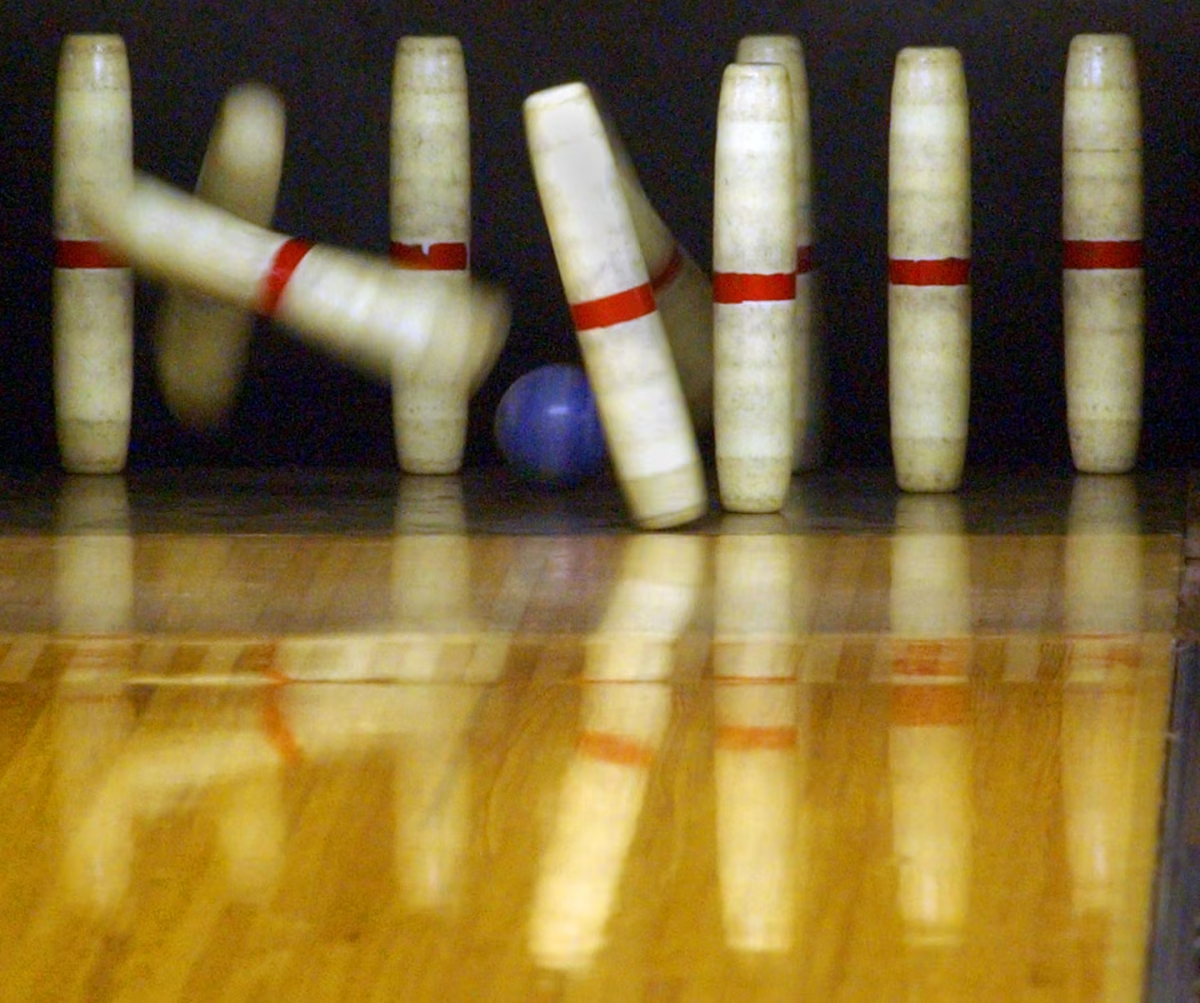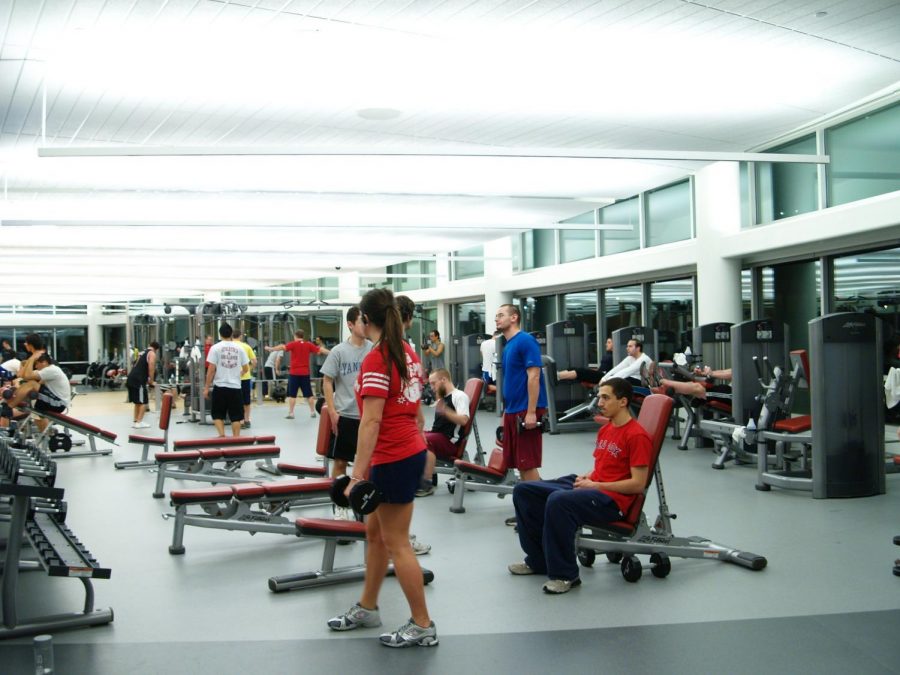Too many fads exist in the realm of fitness. More specifically, within the realm of bodybuilding—or for anyone just trying to put on muscle mass—the most prevalent fad is that of cutting and bulking. A simple internet search on bodybuilding websites will almost always lead to the key words “cutting” and “bulking.” These words refer to the cycling between a “cutting” season and “bulking” season that typically occurs annually. Many lifters will talk about starting a “cut” around March in order to get into their “summer” bodies and look their best for the season in which most people wear minimal clothing. Come autumn, these same lifters will likely talk about starting a “bulk.” The idea behind the bulking season is to put on as much mass as possible so that, by the next summer, they are even bigger and more shredded than the summer before. But is “bulking” in this sense really the best way to build muscle and make strength gains? Do lifters really need to pound pints of Ben and Jerry’s at night to make gut gains that they will subsequently hide under a sweatshirt in order to make the best of their bodybuilding routines?
Why is this fad so popular? Why might it be misleading? Is it right for anyone?
The answer to the first question is because cycling between bulking and cutting is easy. Yes, bulking and cutting often will work. Yes, there is a lot of hard work and dedication involved in terms of sticking to a regular workout routine and dieting while on a cut, but, it is neither sustainable nor enjoyable. I believe so many people try to live by these cycles of bulking and cutting because of the seemingly logical reasoning behind it and a lack of awareness about other alternatives. Many lifters preach the bulking/cutting cycles to newbies as basics of bodybuilding because they were taught it by the gym-rats they looked up to when they started; these newbies are less experienced, so they blindly listen.
It has been proven that in order to build up muscle mass (or gain any kind of weight), one must be taking in a caloric surplus. This is the basic idea behind “bulking.” The logic follows that if you want to make “mad muscle gains,” you should be eating as much as possible to provide no limit to the mass your body can put on. Inevitably, some of this mass will be undesirable fat along with the desirable muscle. But this seems to be an acceptable side effect of bulking because bulking season is in the winter, when no one can see the protective layer of fat you’ve developed over your abs. Then, come the spring, you begin “cutting” the fat off your body to expose the muscle gains you have made during your bulk.
I have two main problems with the idea of bulking and cutting. One, you only look the way you want to for half the year. Two, you actually lose some of the muscle gains you’ve made during your bulk when you cut (think two steps forward, one step back), so the overall progress you are making is not that much. Additionally, many people cut by extreme dieting. They do fasted cardio sessions, starve themselves, try no-carb diets, etc. It is not an enjoyable process.
So what’s the alternative to bulking and cutting? Many people term this alternative method a “clean bulk,” referring to a healthier, steadier, less dramatic diet and workout routine. There is still a caloric surplus involved, but instead of adding 1,000 extra calories to your diet to bulk, only a few hundred are added. And these extra calories do not take the form of ice cream and bread rolls. The added calories come from added chicken, whole grains and good fats with nutritional value that help you feel good and fuel your activities. There is also no cut involved! The idea behind a clean bulk is a sustainable diet that allows you to make muscle gains by repairing the damaged muscle tissue after a workout and building it back up to a little more than where it was before. Ideally, you should find a balance that allows you to continue to gain weight while keeping the beloved six-pack all-year round.
Does that mean no one should try bulking and cutting cycles? Competitive bodybuilders, I believe, are the only ones that should attempt real “cuts.” This is because their competitions depend heavily on their vascularity (or “shreddedness”); in order to get real lean, they need to cut dramatically. But even bodybuilders cannot sustain that! Those big, shredded guys you see in magazines and on the internet only look like that for about a week, because being that lean is not sustainable for long periods of time and can be dangerous to your health.
Before beginning your “dirty bulk” or cut, think about trying a more sustainable clean bulk to best preserve your muscle gains and keep you looking good all year long.
Nicholas Remillard can be reached at [email protected].





















Mark • Feb 6, 2018 at 2:45 am
Great post! Take care of your body then the rest will automatically become stronger. I was looking for a workout that really “packs a punch” and I’d also love to recommend reading “The 300 Body” http://discover.inmotiondaily.com/The300Body/